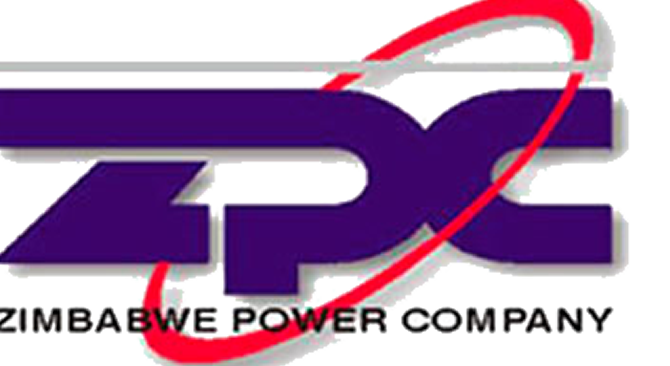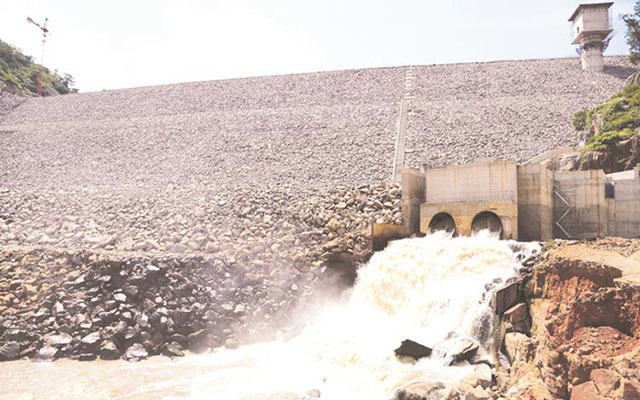Abandon thermal power stations: Experts

Business Reporter
ZIMBABWE should abandon its old thermal power stations, which have become a major financial drain and invest in brand new projects to ensure a steady supply of electricity, energy experts say.
This comes as the Zimbabwe Power Company (ZPC) – an electricity generation unit of Zesa Holdings – says it requires US$5,3 billion to recapitalise its power plants and construct new ones.
ZPC’s electricity generation plants are old resulting in power generation and distribution disruptions.
Currently, ZPC is overhauling Hwange Thermal Power Station’s Unit 2, until May but that is just 110MW of the 860MW installed at that station.
The project, together with other factors such as water logging and generator outages, has seen power output significantly declining at Hwange.
The country’s power generation plants such as Harare, Munyati and Bulawayo thermal power stations, were constructed between 1942 and 1957.
Hwange, the 14th largest thermal station in Southern Africa with an installed capacity of 920MW, was built in phases and commissioned between 1983 and 1987.
Energy experts say although the thermal power plants were renovated along the way, they are now clamouring for modernisation to ensure a reduction in power generation and distribution costs.
ZPC general manager operations, Engineer Washington Mareya, recently said all the thermal power plants have “exceeded their design life”.
The design life for thermal power stations is usually between 30 and 40 years.
Eng Mareya said: “. . . $5,3 billion (capital is) required to fund the recapitalisation of the existing plants and to build new stations.”
However, Zimbabwe Energy Council – a local energy think-tank – believes the power stations are too old to be refurbished and should be discontinued.
ZEC director Mr Panganayi Sithole, told The Herald Business last week that investments in new energy properties should be the way to go.
“I do not think we will get much power from the thermal power stations even if we refurbish them. The best is to invest in new power plants, and that is what we have been advocating for since 2013.
“If you look at Munyati, Harare and Bulawayo thermal stations, they have outlived their life spans, not by five years, but anything between 15 and 20 years.
“So our fear is that by trying to renovate these plants, we will be merely giving money to the companies working on them and nothing accrues to the nation,” said Mr Sithole.
He said the situation at small thermal power stations, particularly Harare Power Station, was compounded by the fact that while they spend 90 percent of the time non-operational, ZPC still incurs fixed costs such as salaries to employees and insurance.
It has been proposed that the small thermal power stations be sold to private players who can modernise them and possibly change the feedstock from thermal to gas.
While Zesa has been calling for a tariff review, experts argue that the tariff can actually be lowered if Zimbabwe focused on generating electricity from water and other sources which are cheaper than coal.
At the moment, there are plans to add another 600MW at Hwange through adding two units – 7 and 8 – with 300MW each. Financial closure for the expansion project is said to have been achieved. The project is expected to gobble about US$1,1 billion.











Comments